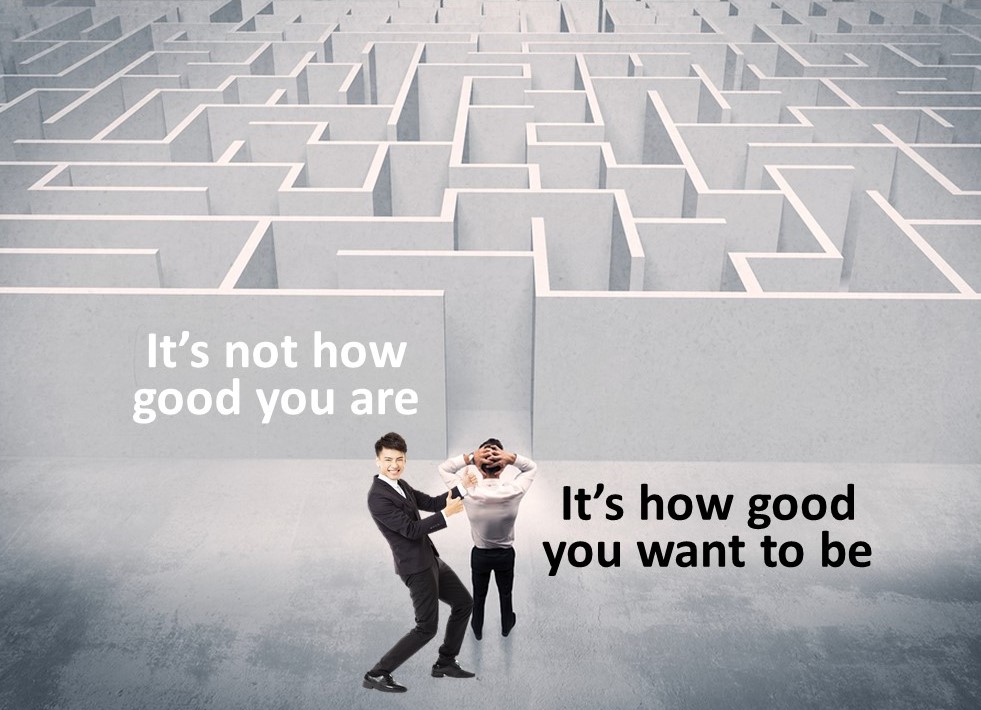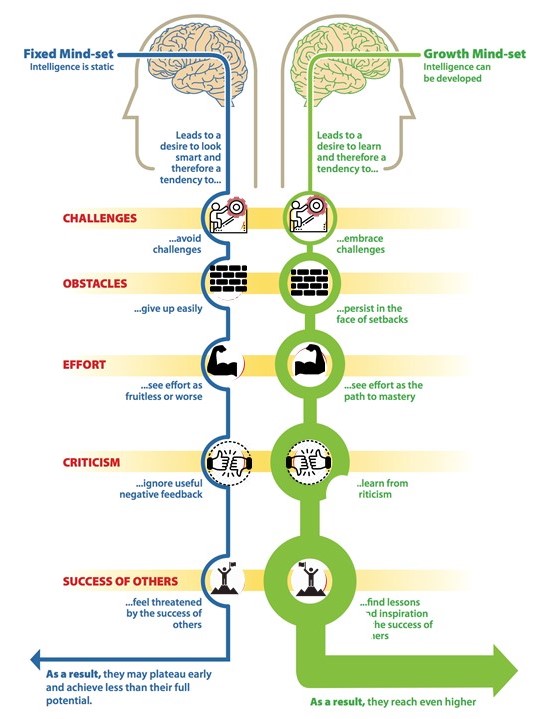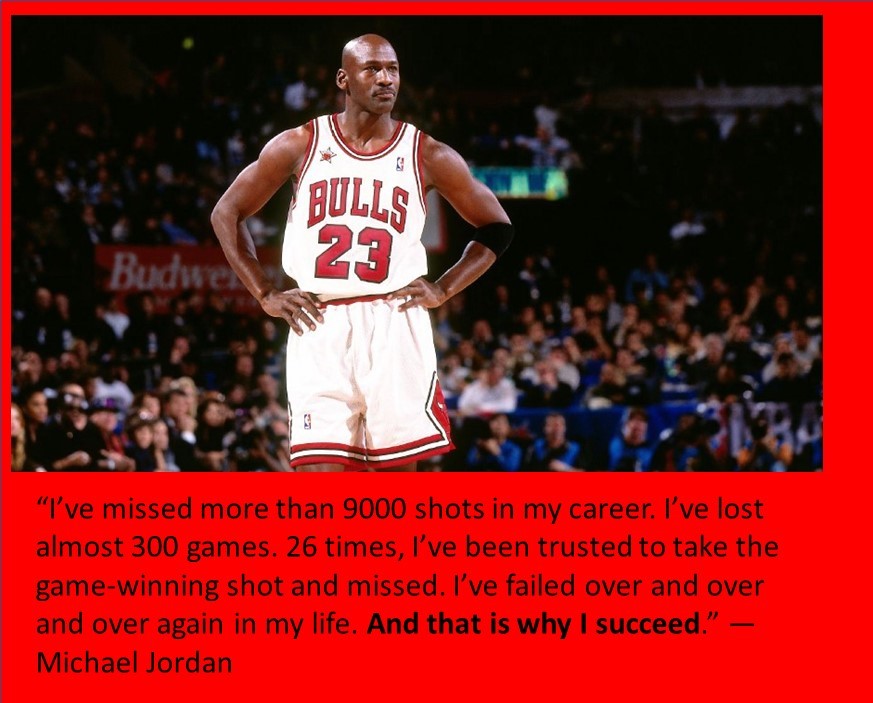Kodak today is often cited as an iconic example of a company that failed to grasp the significance of a technological transition that threatened its business, and unfortunately a popular case study in Growth Mindset vs Fixed Mindset.

Kodak was founded in the late 1880s, became a giant in the photography industry in the 1970s and filed for bankruptcy in 2012.
For almost a hundred years, Kodak was at the forefront of photography with dozens of innovations and inventions, making this art accessible to the consumer. Kodak was the most famous name in the world of photography and videography in the 20th century. Kodak brought about a revolution in the photography and videography industries. At the time when only huge companies could access the cameras used for recording movies, Kodak enabled the availability of cameras to every household by producing equipment that was portable and affordable.
Whilst being the most dominant company in its field for almost the entire 20th century, but a series of wrong decisions killed its success. How on earth did Kodak, the champion of photography and videography, go bankrupt? What triggered Kodak’s failure? Why did Kodak fail despite being the biggest success of its time? This case study on Growth Mindset vs Fixed Mindset addresses the mystery of Kodak’s failure.
First let’s understand what’s Growth Mindset vs Fixed Mindset
Science once told us that the human brain stops developing in childhood, however, we now know that the brain is constantly evolving and changing. Many parts of the brain respond to experiences and our ‘software’ can be updated through learning.
Despite the neurological facts, some people still think that you’re stuck with the talents and ‘smarts’ you’re born with. Psychologist Carol Dweck, from Stanford University, was the first researcher to explore the idea of fixed and growth mindsets.
In Dr. Dweck’s seminal work, she described the two main ways people think about intelligence or ability as having either:
A fixed mindset: in this mindset, people believe that their intelligence is fixed and static.
A growth mindset: in this mindset, people believe that intelligence and talents can be improved through effort and learning.
Individuals with a fixed mindset tend to:
- Believe intelligence and talent are static
- Avoid challenges to avoid failure
- Ignore feedback from others
- Feel threatened by the success of others
- Hide flaws so as not to be judged by others
- Believe putting in effort is worthless
- View feedback as personal criticism
- Give up easily
Organisations with a fixed mindset culture tend to choose to remain status quo, do not constantly innovate nor do they thrive on challenges. The opposite is true of companies with a growth mindset culture.
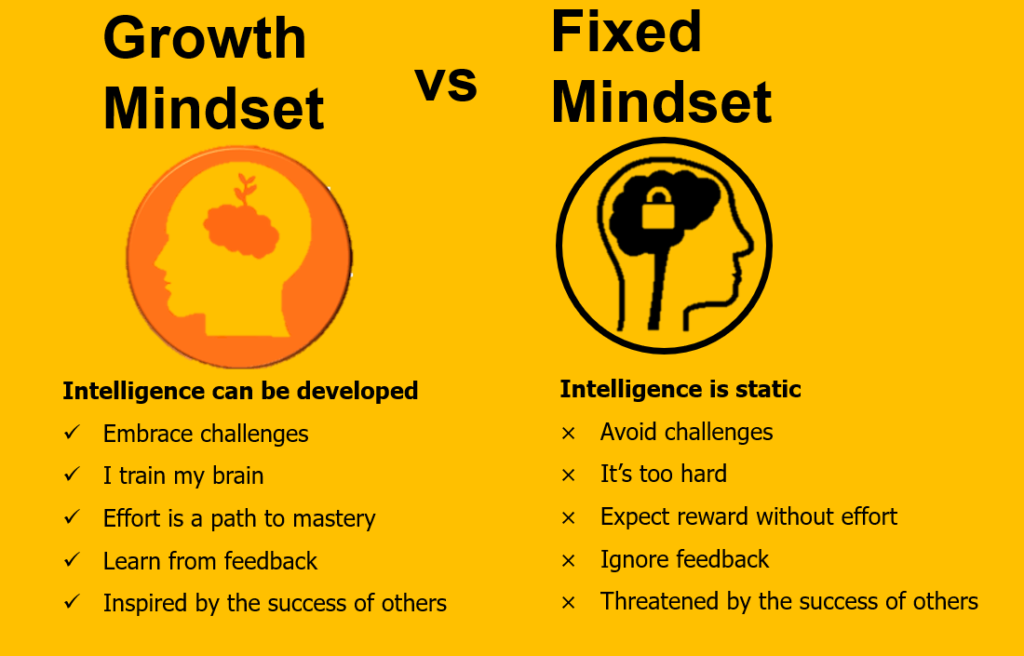
Now let’s go back to the Kodak case study and see how their mindset culture affected their business.
An Illustration of Fixed Mindset – 7 Reasons Why Kodak Failed
- The Razor and blades business plan was initially successful but turning blind to other strategies was not wise for Kodak
- Research and development is a core part of marketing success but Kodak ignored it altogether
- When the digital age of photography beckoned Kodak, the company simply ignored its call when the time was ripe to make the transition.
- Did you know Steven Sasson, an electrical engineer of Kodak, first discovered the technology behind digital photography? Yes, it wasn’t Sony nor Fujifilm. It was Kodak, and unfortunately Kodak simply disregarded the new digital technology implications. They used technology to promote film instead… read on below.
- Though walls were closing in on Kodak, the company still went on to argue that analog photography is better than digital and it lost 10 valuable years this way.
- Though walls were closing in on Kodak, the company still went on to argue that analog photography is better than digital and it lost 10 valuable years this way.
- Promotion of the older technologies and not embracing digital photography can be summed up as one of the most prominent mistakes of Kodak.
The most valuable lesson from Kodak is that despite having been a winner in innovation, even an insightful company can go wrong if it doesn’t push far enough, fast enough into uncomfortable territory.”
So, before its bankruptcy, why was Kodak so incredibly successful?
“You press the button, we do the rest.”
George Eastman (Kodak’s founder)
Firstly, George Eastman, Kodak’s founder set out to democratize photography.
Eastman believed in making photography available to everyone, by changing the way people took photographs. This belief translated into a new and innovative Kodak camera which made it possible for anyone interested in photography to take great pictures.
Throughout the following decades, innovations and inventions followed, fulfilling the company founder’s vision.
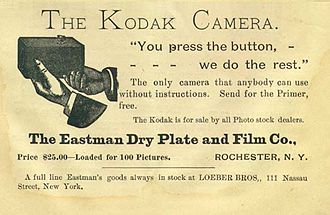
Eastman believed in making photography available to everyone, by changing the way people took photographs.
Secondly, Kodak’s business strategy bloomed, followed the razor and blades business model whereby one item was sold at a low price or given away for free in order to increase sales of a complementary good, such as consumable supplies (Kodak film)
How it worked: the clients would take photos with the Kodak camera and then send the camera to the Kodak factory where the camera’s film was developed, and photos were printed.
The company’s core product was the film and printing photos, never the camera. Kodak’s Kodachrome film was the company’s main cash cow. With the advent of digital cameras, this was discontinued in 2006 after over 70 years of production.
Now let’s look at how a Fixed Mindset culture killed Kodak.
Kodak management’s inability to see digital photography as a disruptive technology, even as its researchers extended the boundaries of the technology, would continue for decades.
Unfortunately Kodak stayed in denial for an extended time as explained below. Vince Barabba, former head of market intelligence, recounts from 1981, conducted a very extensive research effort that looked at the core technologies and likely adoption curves around silver halide film versus digital photography, over threats of digital photography posed by Sony’s first electronic camera.
The results of the study produced both “bad” and “good” news. The “bad” news was that digital photography had the potential capability to replace Kodak’s established film based business. The “good” news was that it would take some time for that to occur and that Kodak had roughly 10 years to prepare for the transition.
Fixed Mindset example 1: Kodak continued to stick to film strategy.
The problem is that, during its 10-year window of opportunity, Kodak did little to prepare for the later disruption.
Barabba left Kodak in 1985 but remained close to its senior management. Thus he got a close look at the fact that, rather than prepare for the time when digital photography would replace film, as Eastman had with prior disruptive technologies, Kodak choose to use digital to improve the quality of film!

This strategy continued even though, in 1986, Kodak’s research labs developed the first mega-pixel camera, one of the milestones that Barabba’s study had forecasted as a tipping point in terms of the viability of standalone digital photography.
Fixed Mindset example 2: Kodak used newer technology to promote film!
The choice to use digital as a prop for the film business culminated in the 1996 introduction of the Advantix Preview film and camera system, which Kodak spent more than $500M to develop and launch. One of the key features of the Advantix system was that it allowed users to preview their shots and indicate how many prints they wanted. The Advantix Preview could do that because it was a digital camera. Yet it still used film and emphasized print because Kodak was in the photo film, chemical and paper business. Advantix flopped. Why buy a digital camera and still pay for film and prints? Kodak wrote off almost the entire cost of development.
Fixed Mindset example 3: Kodak chose CEOs that would continue its own way of success – film!
In 1989, the Kodak board of directors had a chance to take make a course change when Colby Chandler, the CEO, retired. The choices came down to Phil Samper and Kay R. Whitmore. Whitmore represented the traditional film business, where he had moved up the rank for three decades. Samper had a deep appreciation for digital technology. The board chose Whitmore. As the New York Times reported at the time, Mr. Whitmore said he would make sure Kodak stayed closer to its core businesses in film and photographic chemicals.
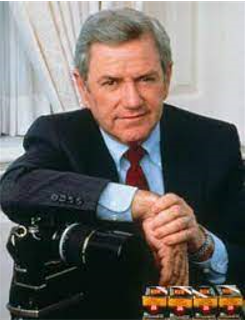
Samper resigned and would demonstrate his grasp of the digital world in later roles as president of Sun Microsystems and then CEO of Cray Research. Whitmore lasted a little more than three tumultous years, before the board fired him in 1993.
For more than another decade, a series of new Kodak CEOs would blame his predecessor’s failure to transform the organization to digital, declare his own intention to do so, and proceed to fail at the transition, as well. George Fisher, who was lured from his position as CEO of Motorola to succeed Whitmore in 1993, captured the core issue when he told the New York Times that Kodak
“regarded digital photography as the enemy, an evil juggernaut that would kill the chemical-based film and paper business that fueled Kodak’s sales and profits for decades.”
In conclusion,
With the benefit of hindsight and learning on the failure of a fixed mindset culture, adopting a growth mindset culture might have turned Kodak’s fate into something entirely different. Let’s look at the success stories of growth mindset in other articles and be inspired!
Summary of Fixed Mindset video on Kodak
Recommended Readings on Growth vs Fixed Mindset
Why Having A Growth Mindset Matters To You
15 Ways To Develop A Growth Mindset
How To Maximise Your Personal Development with MBTI and Growth Mindset
Learning Videos on Growth Mindset and Fixed Mindset
Why Companies are recruiting employees with a growth mindset
Why Growth Mindset Should be part of your personal brand
How A Fixed Mindset Culture Killed Kodak


